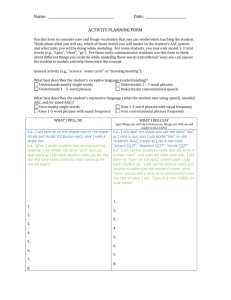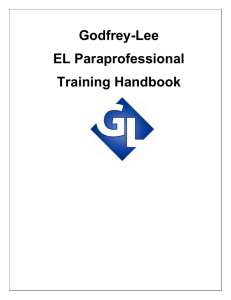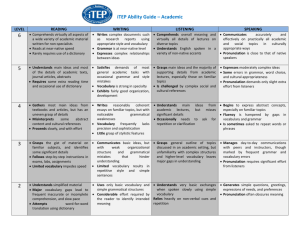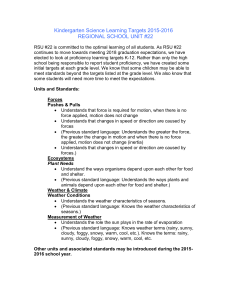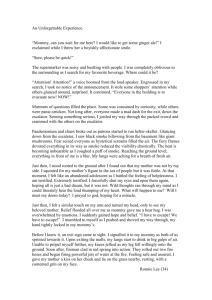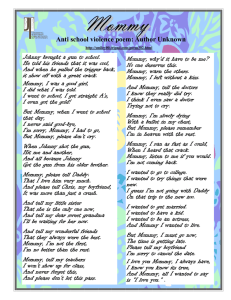2 to 3 years - Progressive Speech Services, Inc.
advertisement
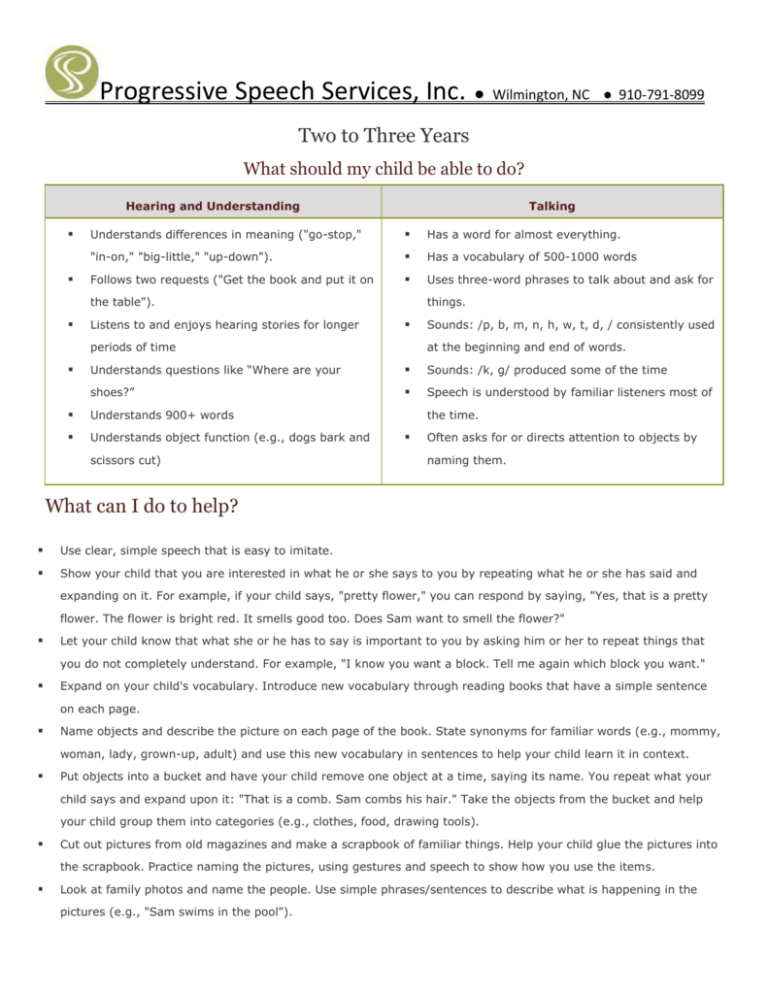
Progressive Speech Services, Inc. ● Wilmington, NC ● 910-791-8099 Two to Three Years What should my child be able to do? Hearing and Understanding Talking Understands differences in meaning ("go-stop," Has a word for almost everything. "in-on," "big-little," "up-down"). Has a vocabulary of 500-1000 words Follows two requests ("Get the book and put it on Uses three-word phrases to talk about and ask for the table"). Listens to and enjoys hearing stories for longer things. periods of time Sounds: /p, b, m, n, h, w, t, d, / consistently used at the beginning and end of words. Understands questions like “Where are your Sounds: /k, g/ produced some of the time shoes?” Speech is understood by familiar listeners most of Understands 900+ words Understands object function (e.g., dogs bark and scissors cut) the time. Often asks for or directs attention to objects by naming them. What can I do to help? Use clear, simple speech that is easy to imitate. Show your child that you are interested in what he or she says to you by repeating what he or she has said and expanding on it. For example, if your child says, "pretty flower," you can respond by saying, "Yes, that is a pretty flower. The flower is bright red. It smells good too. Does Sam want to smell the flower?" Let your child know that what she or he has to say is important to you by asking him or her to repeat things that you do not completely understand. For example, "I know you want a block. Tell me again which block you want." Expand on your child's vocabulary. Introduce new vocabulary through reading books that have a simple sentence on each page. Name objects and describe the picture on each page of the book. State synonyms for familiar words (e.g., mommy, woman, lady, grown-up, adult) and use this new vocabulary in sentences to help your child learn it in context. Put objects into a bucket and have your child remove one object at a time, saying its name. You repeat what your child says and expand upon it: "That is a comb. Sam combs his hair." Take the objects from the bucket and help your child group them into categories (e.g., clothes, food, drawing tools). Cut out pictures from old magazines and make a scrapbook of familiar things. Help your child glue the pictures into the scrapbook. Practice naming the pictures, using gestures and speech to show how you use the items. Look at family photos and name the people. Use simple phrases/sentences to describe what is happening in the pictures (e.g., "Sam swims in the pool"). Progressive Speech Services, Inc. ● Wilmington, NC ● 910-791-8099 Write simple appropriate phrases under the pictures. For example, "I can swim," or "Happy birthday to Daddy." Your child will begin to understand that reading is oral language in print. Ask your child questions that require a choice, rather than simply a "yes" or "no" answer. For example, rather than asking, "Do you want milk? Do you want water?", ask, "Would you like a glass of milk or water?" Be sure to wait for the answer, and reinforce successful communication: "Thank you for telling mommy what you want. Mommy will get you a glass of milk." Continue to sing songs, play finger games ("Where is Thumbkin?"), and tell nursery rhymes ("Hickory Dickory Dock"). These songs and games introduce your child to the rhythm and sounds of language. Strengthen your child's language comprehension skills by playing the yes-no game: "Are you a boy?" "Is that a zebra?" "Is your name Joey?"

